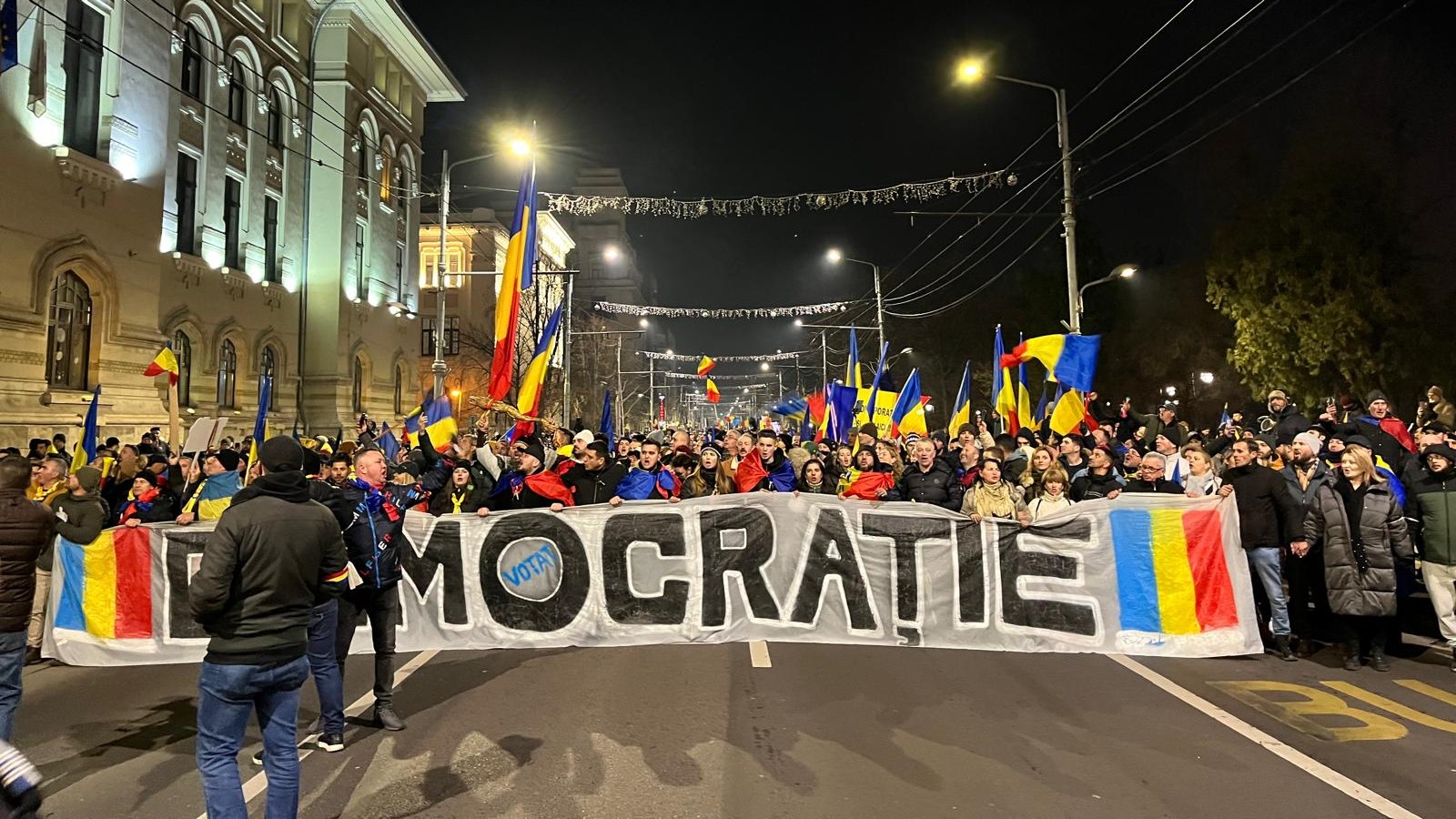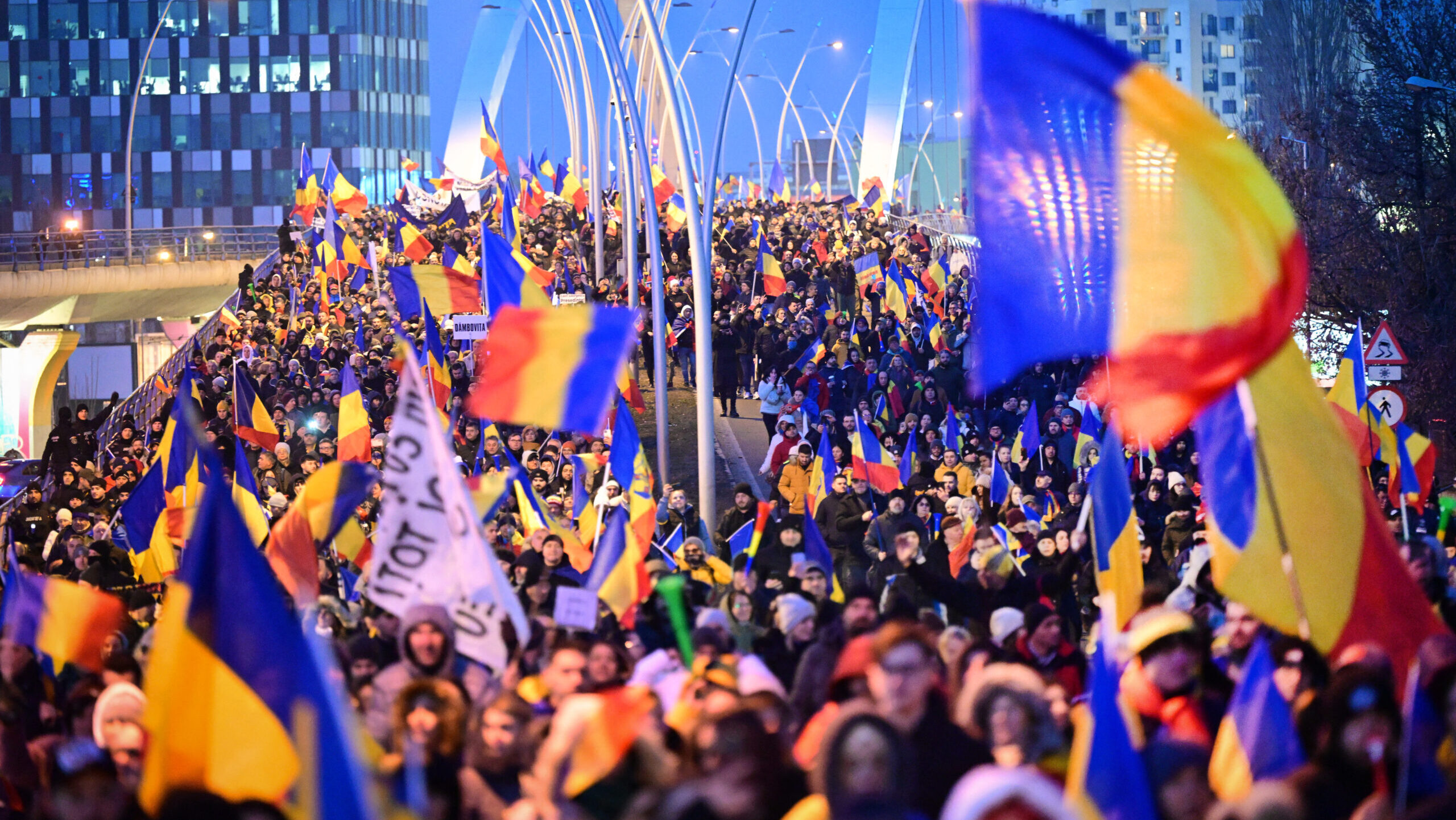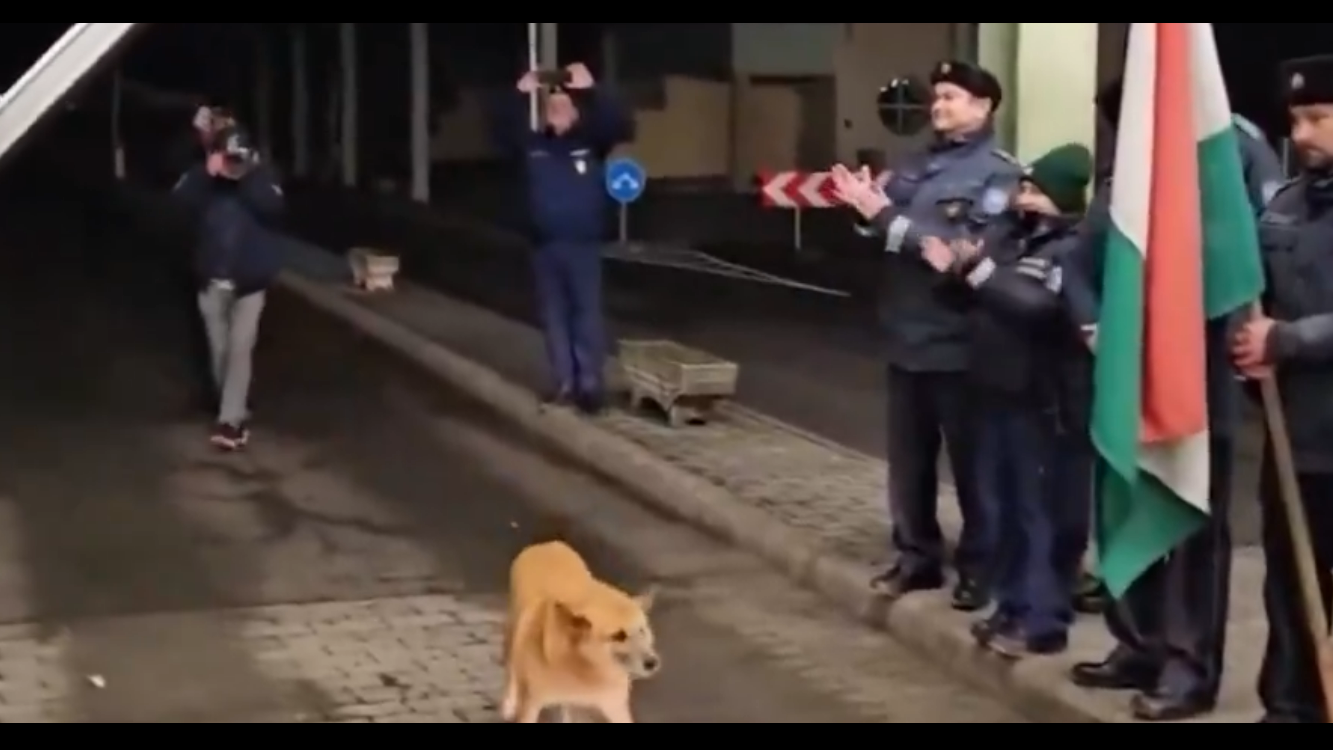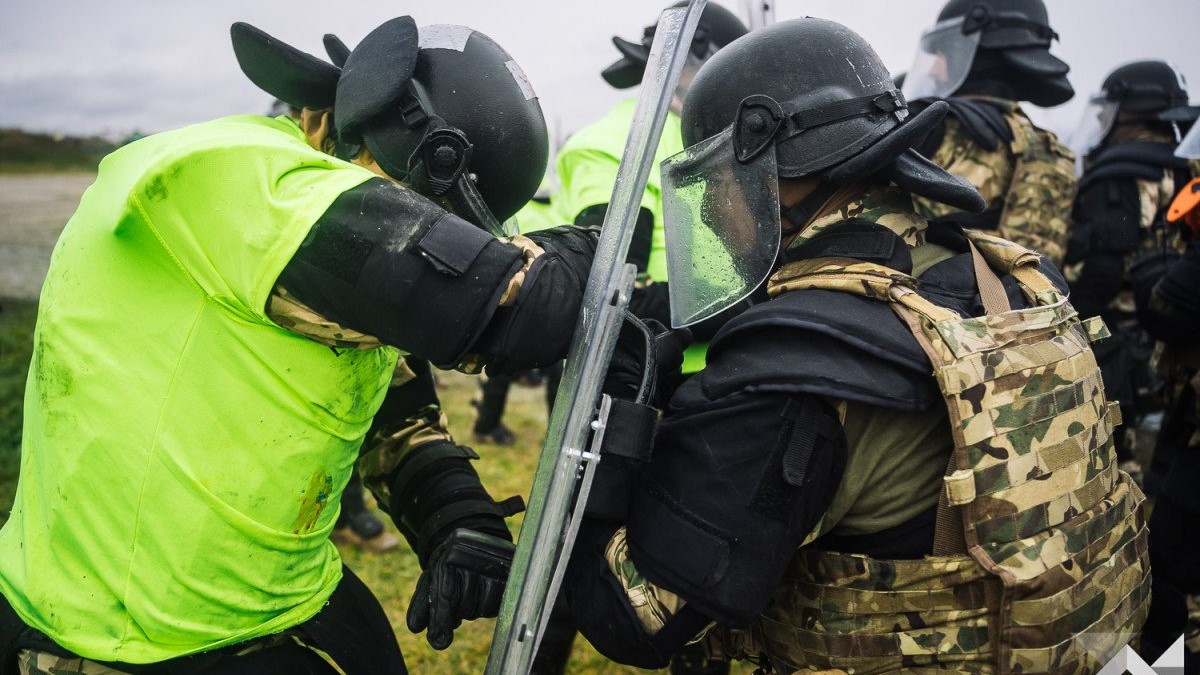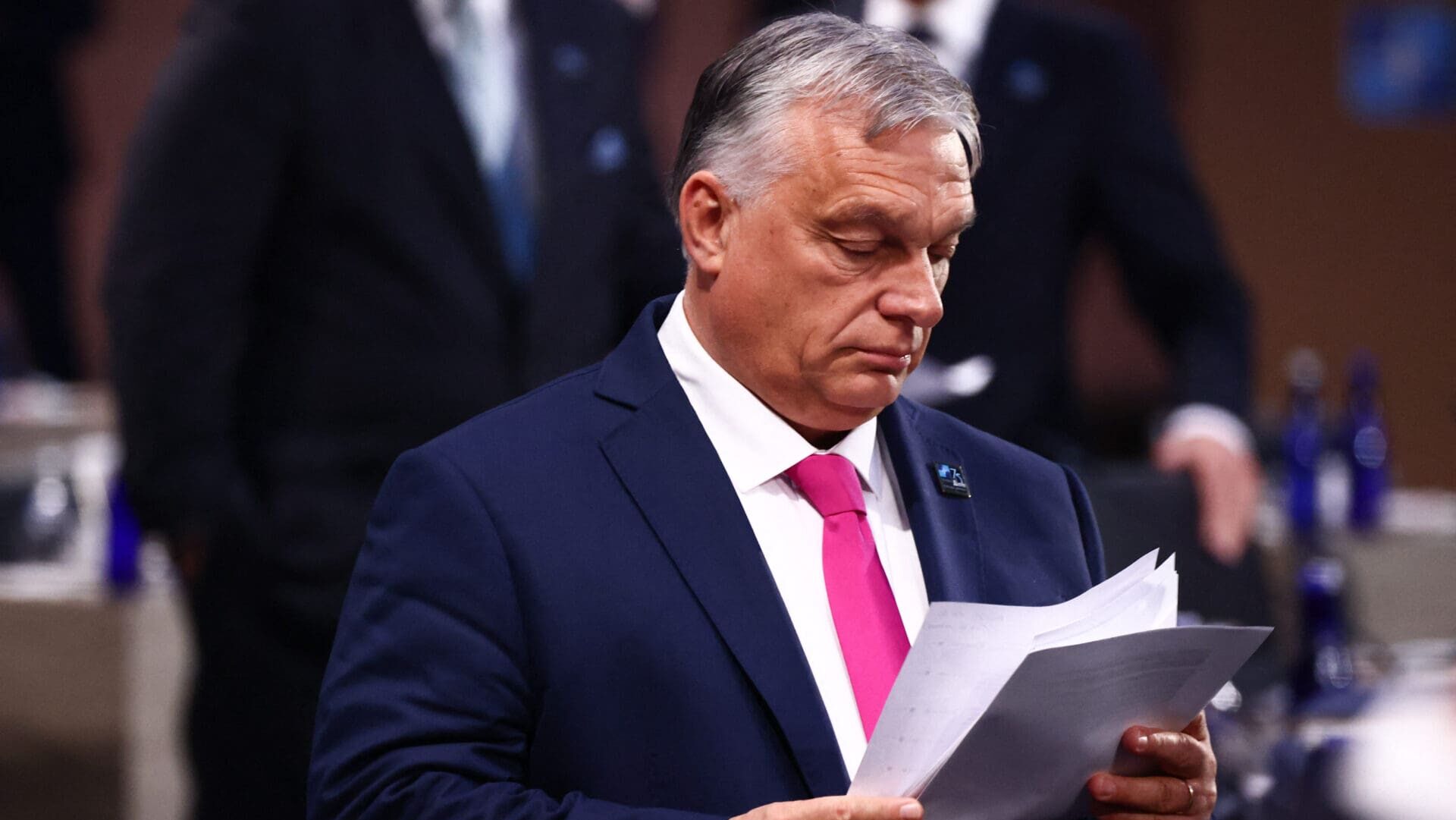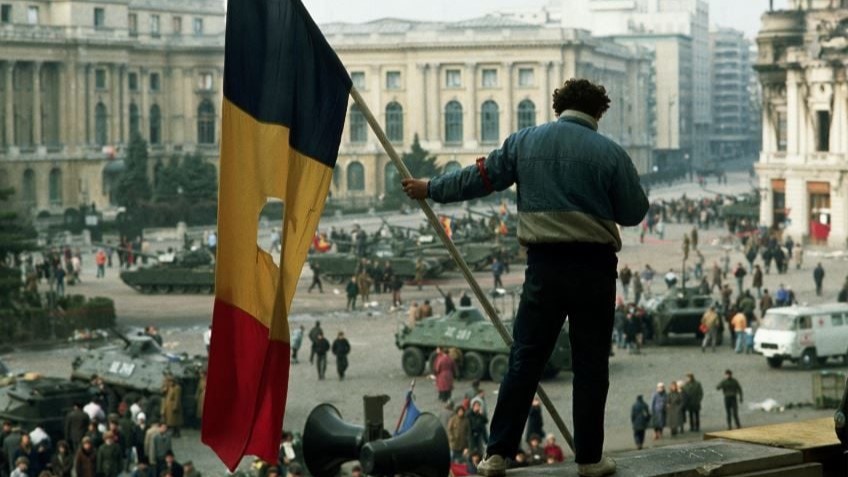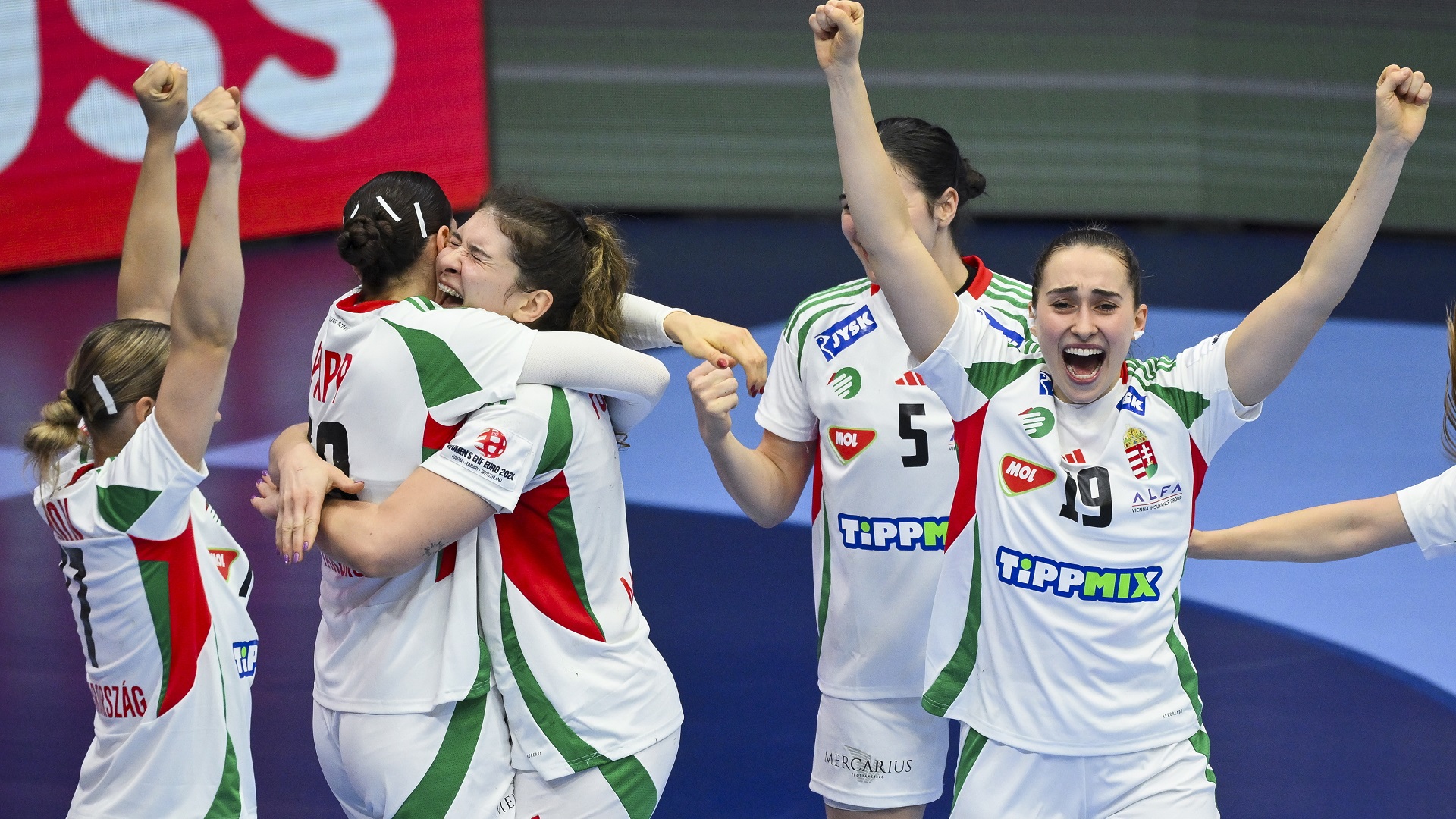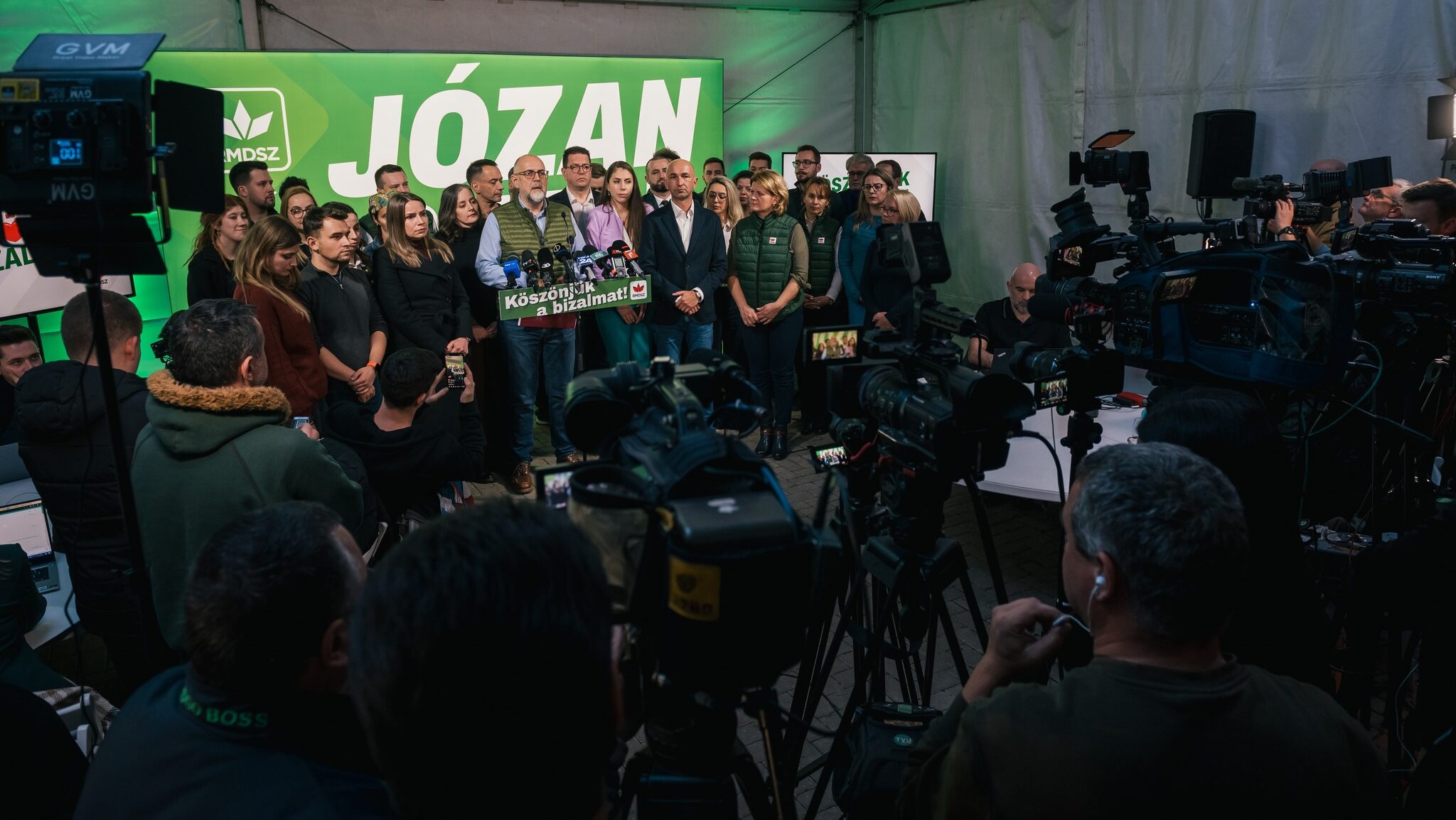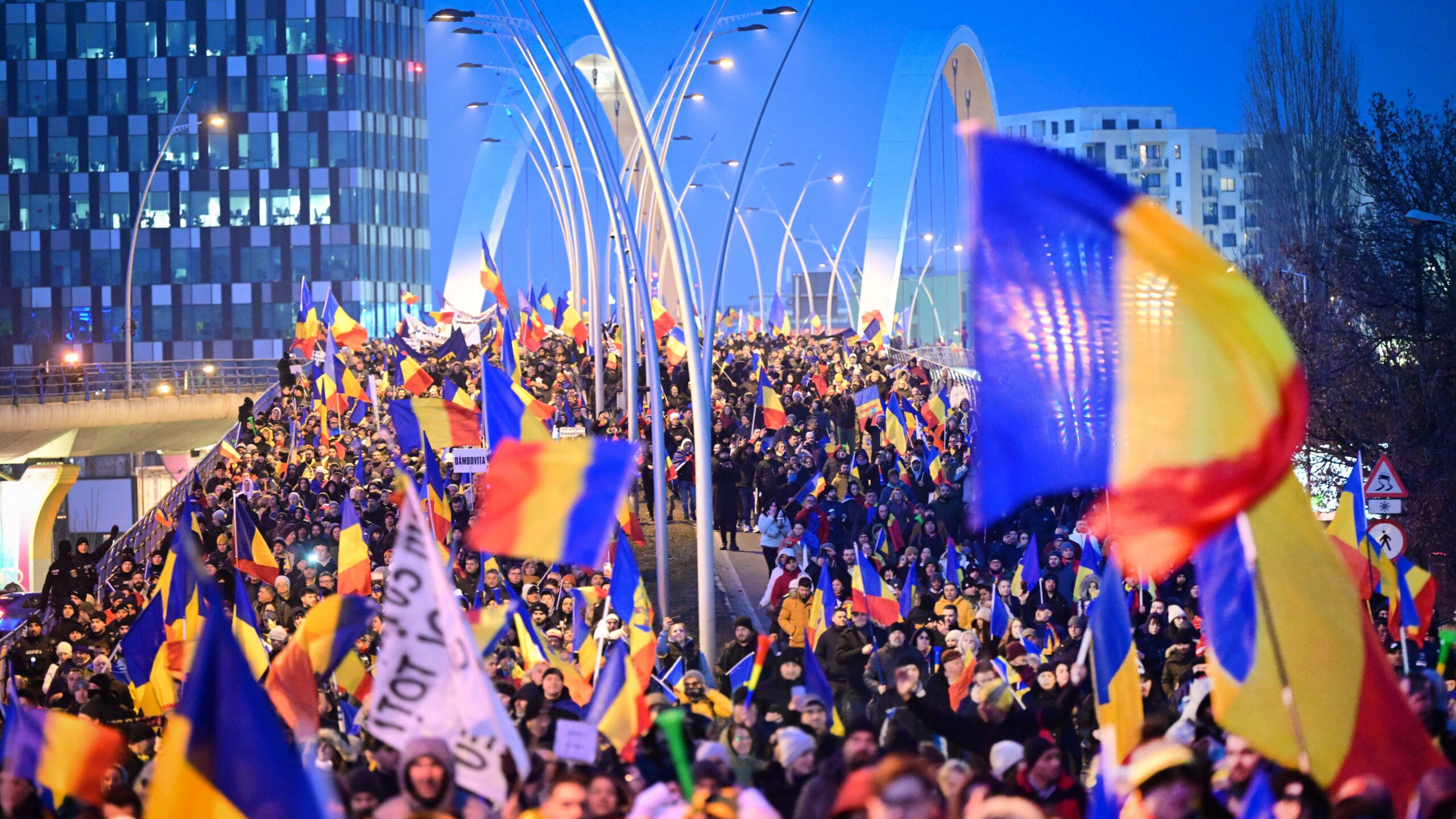
‘Conservatives around the world were targeted, Romania is the latest example,’ Trump Envoy Says
‘Socialists and liberals are afraid of losing power, and for some time now they have been blaming political opponents for influencing electoral processes or government agendas through external forces. This is indeed what has happened: but it is not the conservatives who have to be blamed; it is the leftists themselves who claim to be acting in the name of a “greater good”.’

